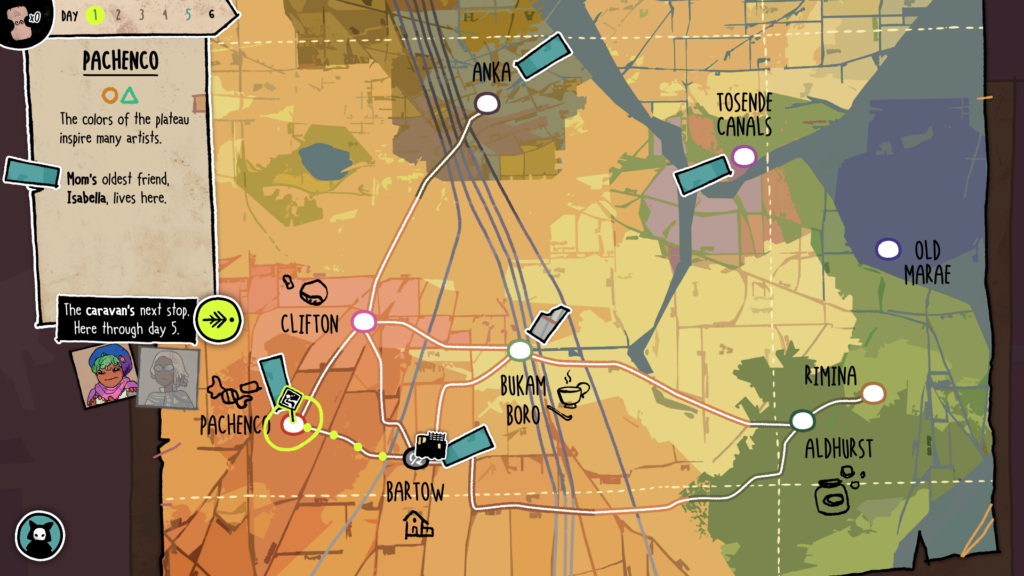
Signs of the Sojourner: Mapping the Distance Between Words
If Signs of the Sojourner is one of my favorite games of 2020, it’s because it explores spaces rarely portrayed by other games.
Those spaces may be best exemplified through the lens of a personal experience. In late 2019, I hopped on a plane to Mexico City. My partner was there to conduct ethnographic work with indigenous communities, and she was to spend a few months in her home country before flying back to Europe. I had the chance to tag along as she took part in protests, marches, speeches, and other communal gatherings.
One day, we met with members of a specific indigenous group, a family who welcomed us into their home. Although I don’t speak Spanish or Mixe, being French-Tunisian (and years of half-forgotten Spanish classes) meant I could somewhat follow the conversations. However, other than a quick greeting upon arriving, I had chosen to remain silent—after all, we were here to listen to them. Over coffee, and about three hours after shaking hands, the father of the family gently asked, “hey, do you understand what we’re talking about?” I’m not sure what he picked up on—whether it was my occasional nods, or maybe all the times I should have nodded but didn’t. My partner translated my reply, explaining that although I live on the other side of the ocean, I could relate because similar events had affected my communities as well. I remember saying that that kind of sorrow—that kind of anger—bypasses language. The conversation opened up, and, slowly, we began talking about cops murdering children. This moment turned into a tearful exchange about our respective experiences with systemic oppression, and the deaths of marginalized people. And then, the moment was gone.
I make no claim about the lived experiences of these communities. I will not—cannot—speak for them. We connected, but that brief beat in time occurred within a web of other localized moments. Do you understand what we’re talking about? The answer is yes as much as it is no. Still, the experience remains, and I carry it everywhere I go.
How can a game evoke something like that?
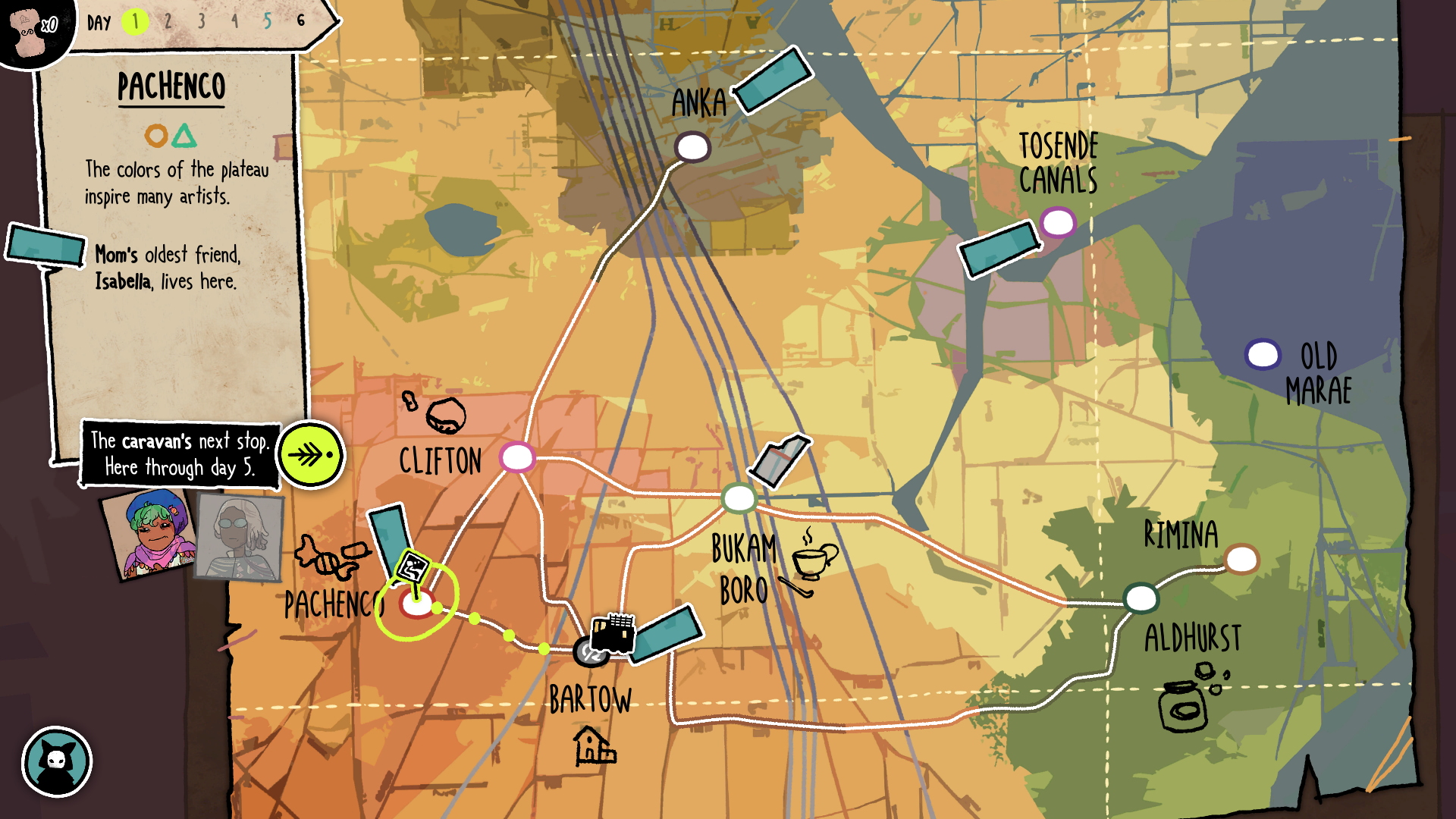
Signs of the Sojourner does so by charting the expanses between binary states, and by eschewing clear concepts of winning or losing. The game asks players to craft decks in order to communicate with others. Each ’round’ is a conversation, where cards act as tokens used to convey bits of meaning—words, feelings, non-verbal cues. Participants play cards to co-determine the conversation’s outcome. Various card symbols reflect personality traits, conversational skills, or attitudes. A “circle” suggests empathy or support, while a “square” allows you to be direct or stand your ground. Your stubborn friends, according to Signs of the Sojourner, have a lot of square cards in their repertoire. Your deck represents your expressive range, gradually molded by the people you meet. It’s a symbolic snapshot of who you are here and now, with no guarantee about who you will be.
Temporality and spatiality are central to your journey. Having inherited your mother’s shop, you’re now tasked with acquiring supplies and goods by traveling to new places and talking to the people who live there. During its first hour, the game presents a deceptively simple view of social dynamics. It’s somewhat easy to relate to people from your hometown because they’re familiar—your decks match. As you hit the road, however, you might expect that conversations with strangers grow harder.
It’s the kind of setup less thoughtful designers would recklessly drive into the ground, leading to another troublesome re-inscription of colonial Otherness. Signs of the Sojourner instead blurs artificial boundaries, and veers toward something deeper: an on-going play with change, relationships, languages, and memories. As you cross paths with new characters, it becomes clear that you’ll mesh well with some and fail to get along with others. This makes sense; home is not inherently a place of understanding, just like the rest of the world does not entail misunderstanding. A conversation with a stranger may flow better than with a family member. Communities are not monoliths, but networks of co-existing subjectivities crossed by dissonances and differences. Simply put, you may love someone yet hate their neighbor—but this does not undo their belonging. Disagreements, misunderstandings, and tensions do not erase conversations. Connections of all kinds can bloom anywhere. Signs of the Sojourner understands that what makes places and peoples meaningful is never a binary matter.
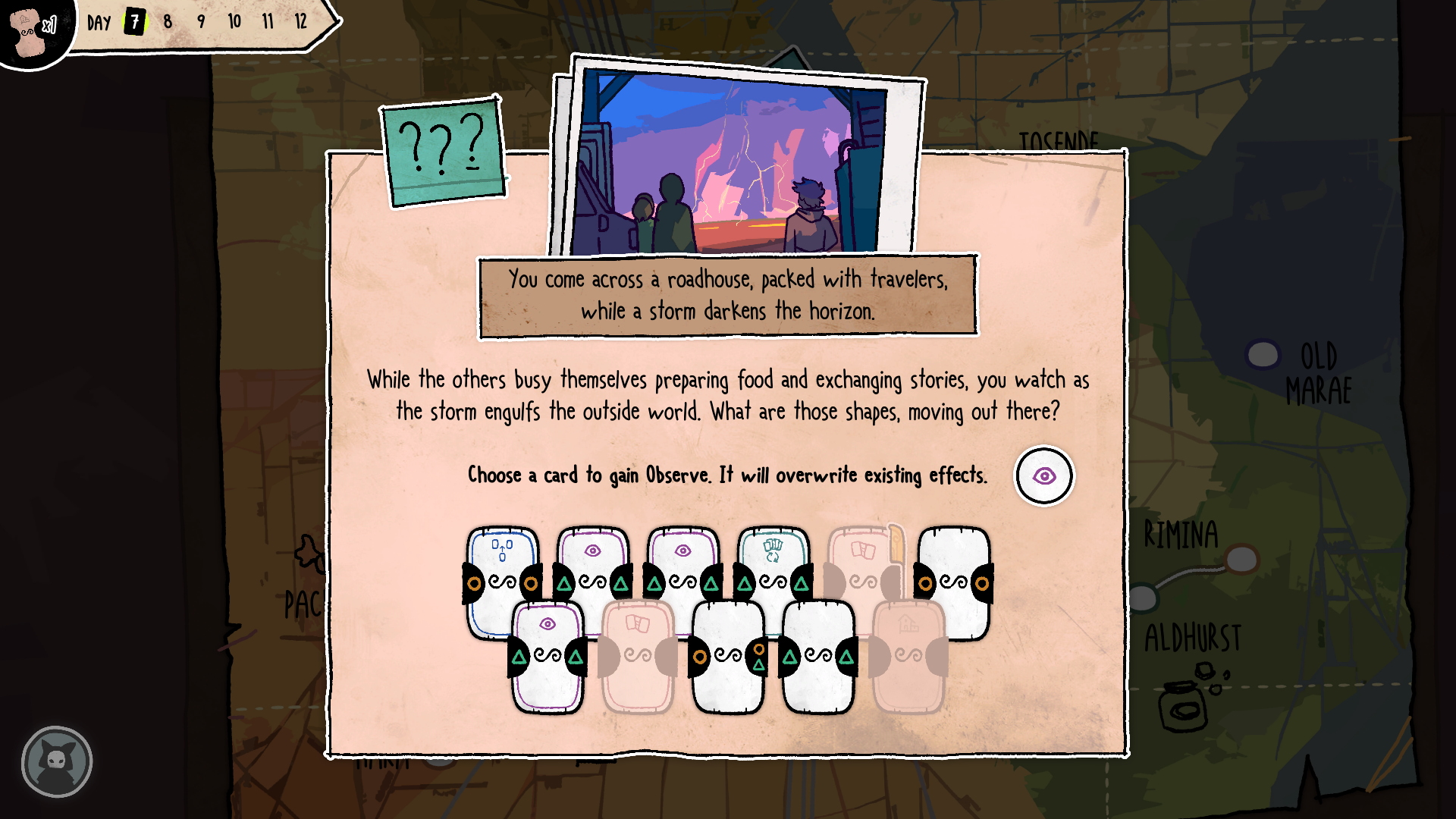
Traditional deck-building games are often attached to binaries because decks are built with an end-state in mind: defeating opponents. Strengths, weaknesses, synergies, and strategies all drive towards computable outcomes—win, lose, draw. But these outcomes can only allude to so many stories because countless parts of our lives aren’t quantifiable. Loss does exist, of course. Yet how loss is experienced, to what extent, and what it means to a person or a group at a given time is not a matter of hard-coded values. Signs of the Sojourner opens with the loss of a family member, but whether this inciting incident will be central to your playthrough is undetermined. As you explore the world, you begin losing parts of yourself—if you perceive it as such. After each encounter, the game prompts you to pick a new card, which requires you to get rid of another card in your possession. You are asked to forget, as the game text says. New expressions in, old expressions out. Spend long enough on the road and your deck might look nothing like the one you had when you left home.
You may hope, at first, that you won’t change much. If you play your cards right, you think, you can keep the shop running, and you’ll still be able to relate to Elias, your childhood best friend. This is possible to some extent, but there are no S-tier meta builds here. Other tales, other encounters, will be ‘lost’. Some reviewers have suggested the game eventually gets too difficult, but I can’t see it that way. Too difficult implies there’s something to fix, and that balance tweaks should make it easier to succeed. But why should characters displace themselves for your sake? Signs of the Sojourner isn’t a place for you to become a universally loved polyglot with maxed out charisma. You can’t magically grind reputation with entire groups. Stories emerge and dissolve beyond your gaze. Events, well, they happen. There’s beauty in that: as you traverse a world filled with people, art, and memories, you get to cling to the parts that matter to you. Some cards, by allowing you to connect, might become more precious than any legendary artefact.
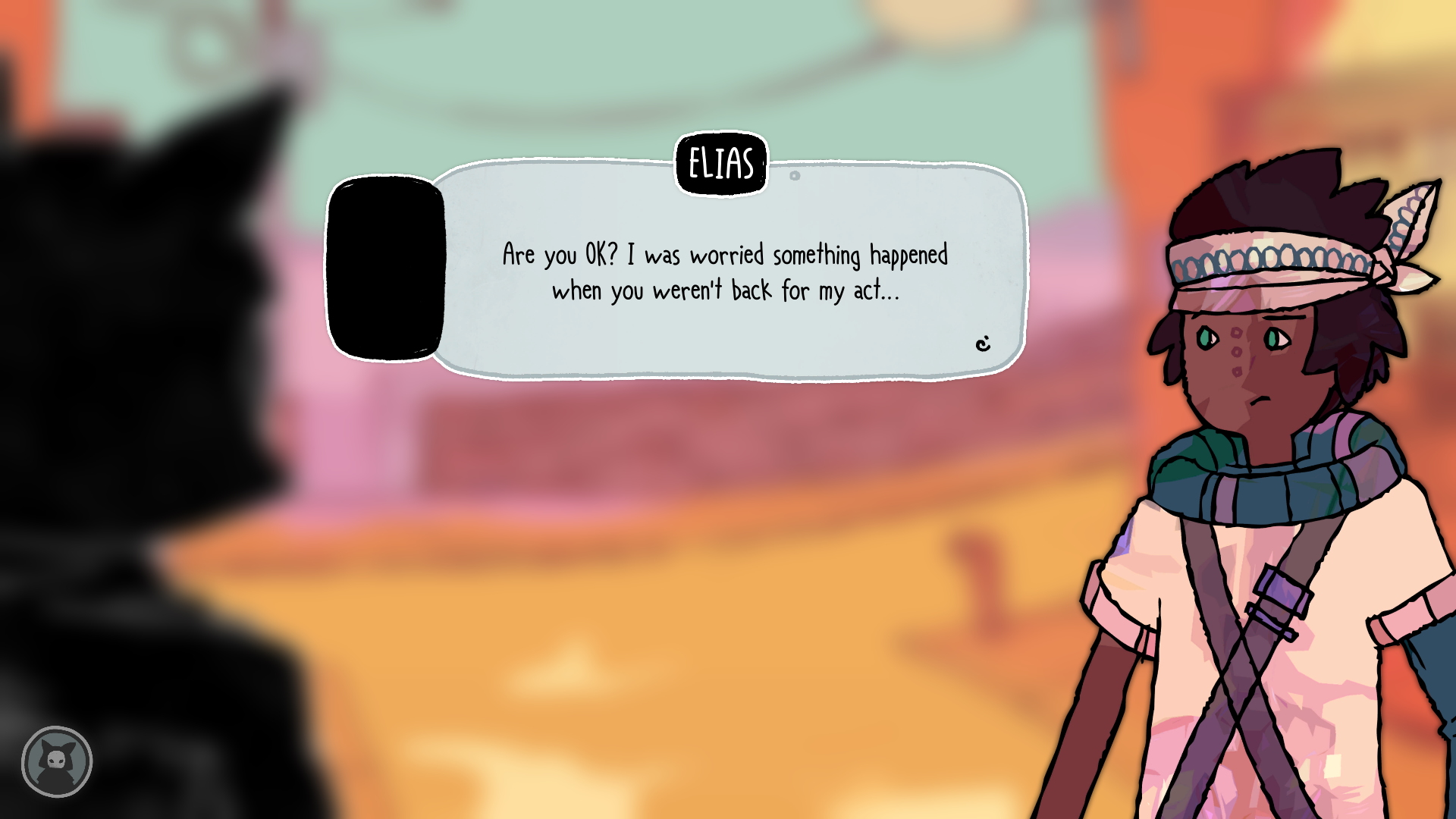
Maybe you’ll want to learn more about Maya, a pro-union Gynoid who lives with other robots in Tosende Canals. You might grow fond of Big Basilio, a talented mechanic and ex-criminal trying to change his ways for the sake of Li’l Basilio. Maybe you’ll dislike these characters and never think twice about forgetting cards that could deepen those relationships. The passage of time, the crossing of distances, the fluctuations of your deck, and unforeseen events are reminders that the world does not revolve around you; you just play a part. As the parts played by others unfold, you might even prioritize them. You’ll end up letting go, as I did, of a card you hold dear in order to acquire a new one—the card you need to help two characters mend their relationship. Important in another way, but no less. You might choose a trade opportunity over a friendship, but not because you’re an asshole with big bucks in mind. That trade means your community, whichever community that may be, will continue to exist. Perhaps you’ll let an agreement fall through and, in doing so, learn the story behind your mother’s mysterious locket.
I’m not saying you will or won’t do any of these things. What matters here is that Signs of the Sojourner materializes paths then lets you decide how to navigate them. When it comes to identities and self-expressions, the game proposes rather than imposes. As I think back on other games released in 2020, I wish this simple, crucial setup weren’t such a rarity. I also hope that our possibility spaces and our collective decks—in games, and beyond—will look different a year from now.





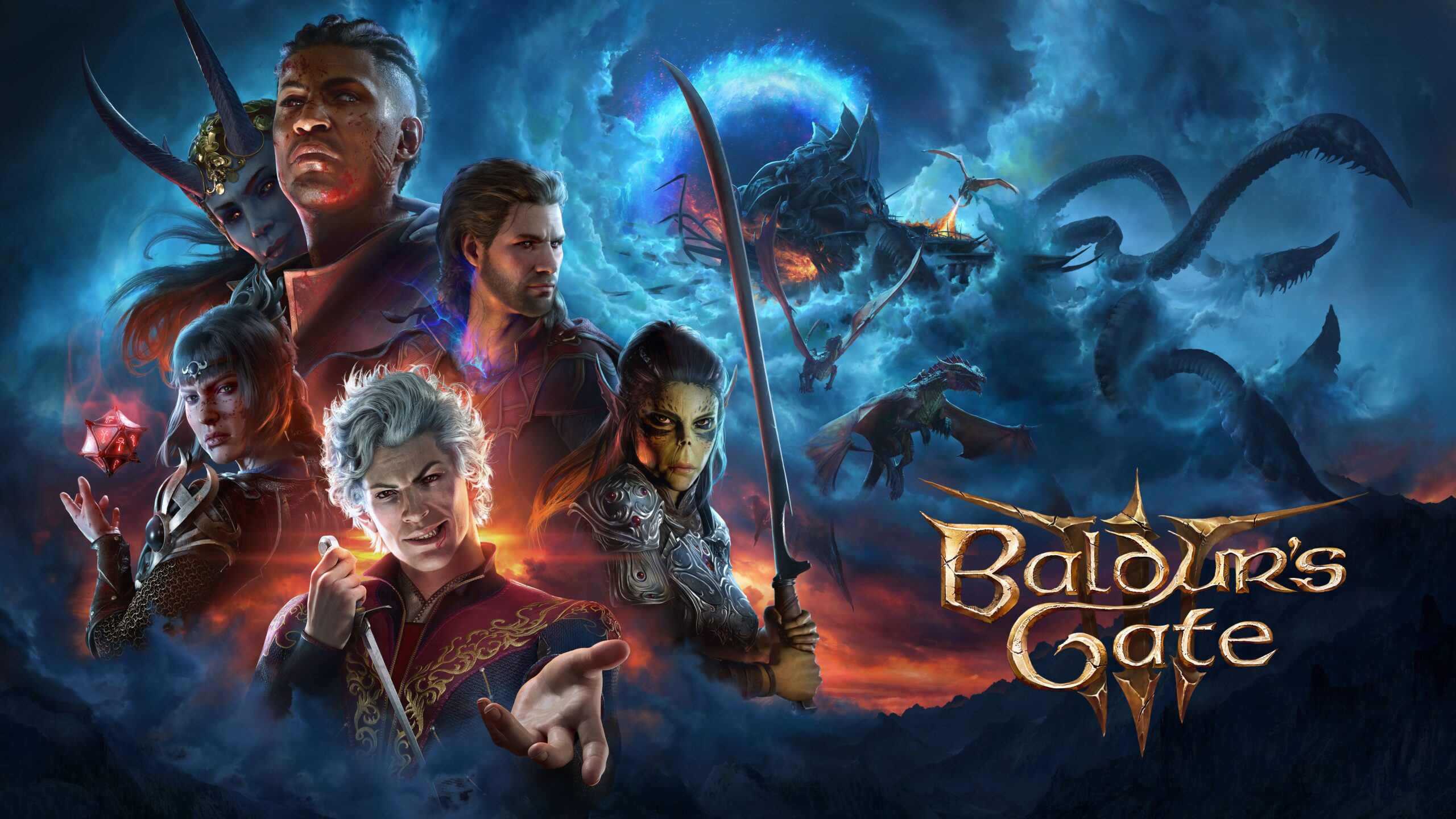
1 thought on “Signs of the Sojourner: Mapping the Distance Between Words”